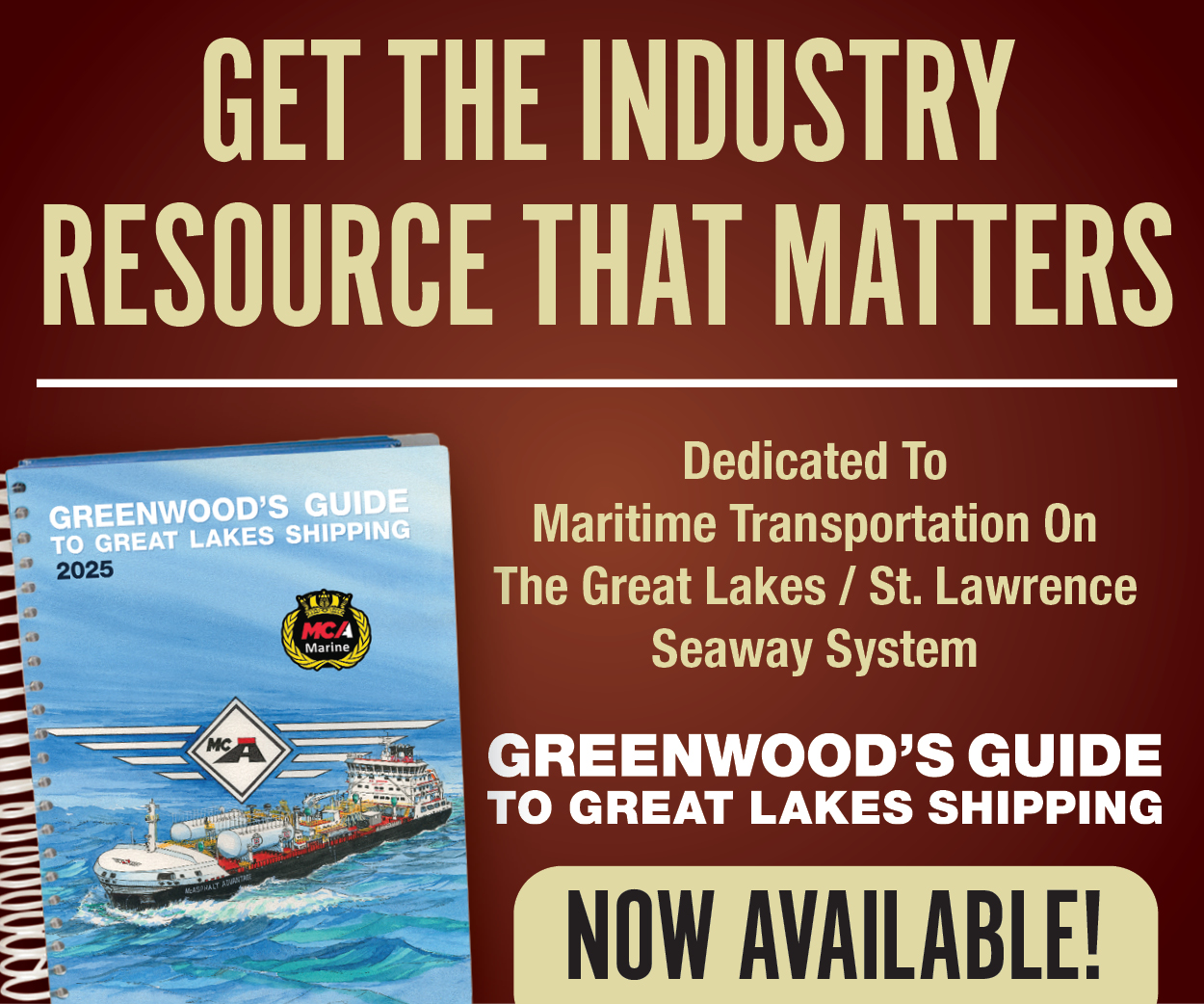Paducah Riverport Lands First FTZ Customer
With the recent increase in foreign tariffs on certain imports into the United States, the Paducah-McCracken County Riverport Authority has gained its first foreign-trade zone customer, 10 years after establishing the zone.
PRCO America, which began production at its plant in nearby Hickory, Ky., in August 2022, is using the program for its imports of 1-ton supersacks of fused magnesia from China.
The product comes into the Port of New Orleans via bulk steamship, then travels up the Mississippi and Ohio rivers by covered barge to Paducah.
Foreign-trade zones (FTZs) are secured, designated areas where foreign goods can be handled without being subject to normal customs procedures and duties, according to the National Association of Foreign-Trade Zones. Customs duties and excise taxes are due only at the time the products are removed from the FTZ for U.S. consumption.
“There’s never been any foreign trade material moved through the riverport,” Paducah-McCracken County Riverport Authority Executive Director Jimmie Garrett said, in detailing the background for the port’s FTZ. “The tariffs haven’t been significant enough to cause a supplier or manufacturer in western Kentucky to utilize that option, though it’s existed.”
Until now.
Garrett said, with the changes in certain federal tariffs, the program has proven to be an economically viable option for affected distributors and manufacturers.
“We’ve had three customers look at this option,” he said, with PRCO America the first to take advantage of it. The port used its 53-ton Linden Comansa tower crane to unload PRCO America’s first of three barge loads of material under the program on July 1. The cargo is being stored in two FTZ-designated warehouses at the port until it is needed by the Hickory plant.
PRCO America, an established customer of the Paducah port, was looking at ways to increase efficiency, given the current trade environment.
“The FTZ is expected to help our cashflow,” said Bill Porter, president of PRCO America Inc. “With the current import tariffs, we look forward to fully utilizing the FTZ as the FTZ will allow us to pay the tariffs as we remove the material from the FTZ rather than paying the full tariff at one time upon initial arrival at New Orleans.”
PRCO uses the fused magnesia to make a resin-bonded magnesia graphite brick in its Hickory plant. The brick is used for molten metal containment in electric arc furnaces that make steel in the United States.
The brick is especially important given that production at the Hickory plant is expanding, Porter said. Last month the plant added its third shift in production, and it expects to add a fourth shift in the fourth quarter of this year, he said.
“Soon, we will add more processing equipment—mixers, presses and kiln to double the current capacity at Hickory, Ky,” Porter said. “This expansion should startup in late 2026.”
Porter credited the success of ramping up production at the plant to what he called an “ideal” location.
“Today, the confluence of the Ohio and Mississippi rivers is at the geographic center of modern electric furnace steelmaking,” he said. “Paducah is ideal to bring in raw materials in the most cost-effective quantities, and we are the closest refractory producer to our customers in Arkansas, Kentucky, Colorado, etc.”
Porter added that warehousing the fused magnesia in Paducah allows the plant to maintain an uninterrupted supply of refractory product to its steel customers.
Porter said his industry is very price-sensitive, so anything PRCO America can do to lower its cost makes it more competitive. Transporting the product by barge is one of those measures, he said.
“The longer it stays on the water and the more moved by barge, the lower the cost per ton of materials transported versus rail or truck,” he said.
Porter said he thinks FTZ usage at riverports may become more common, given the current trade environment.



